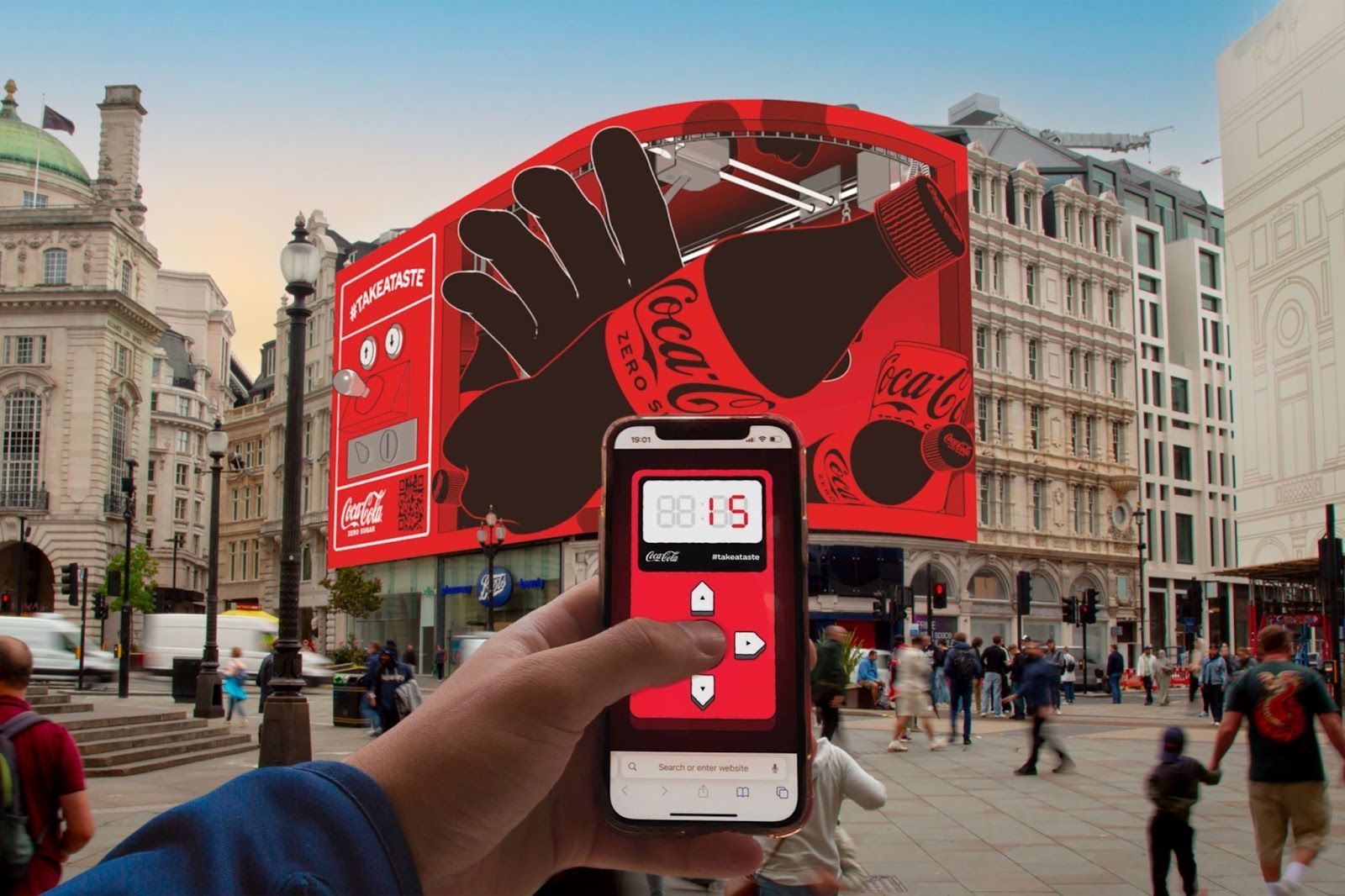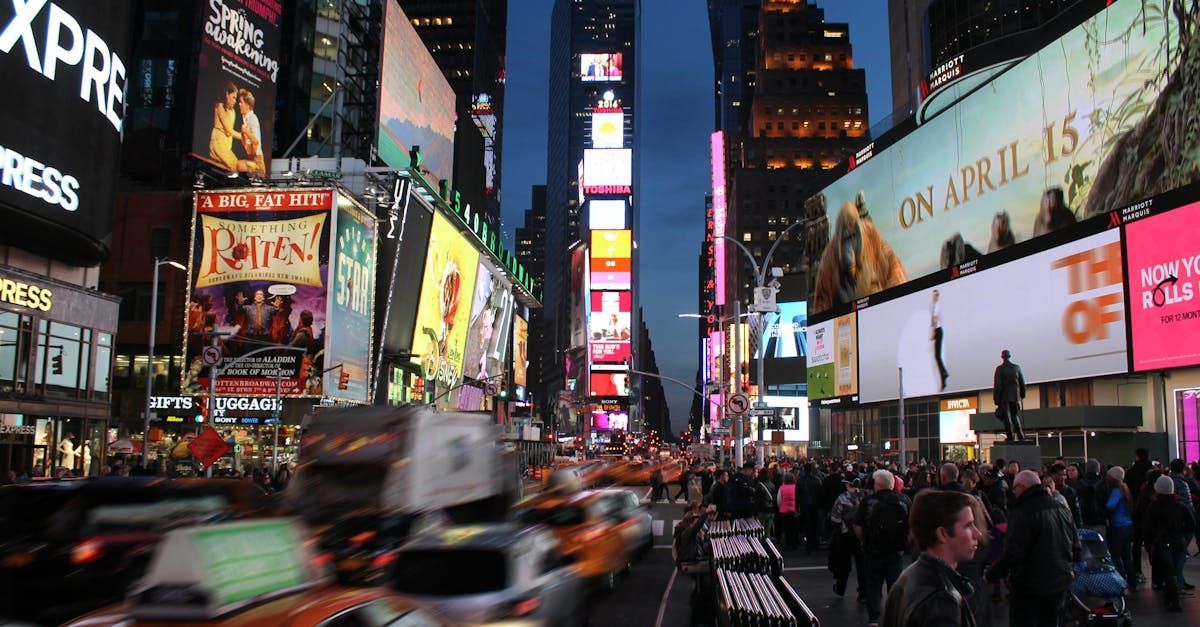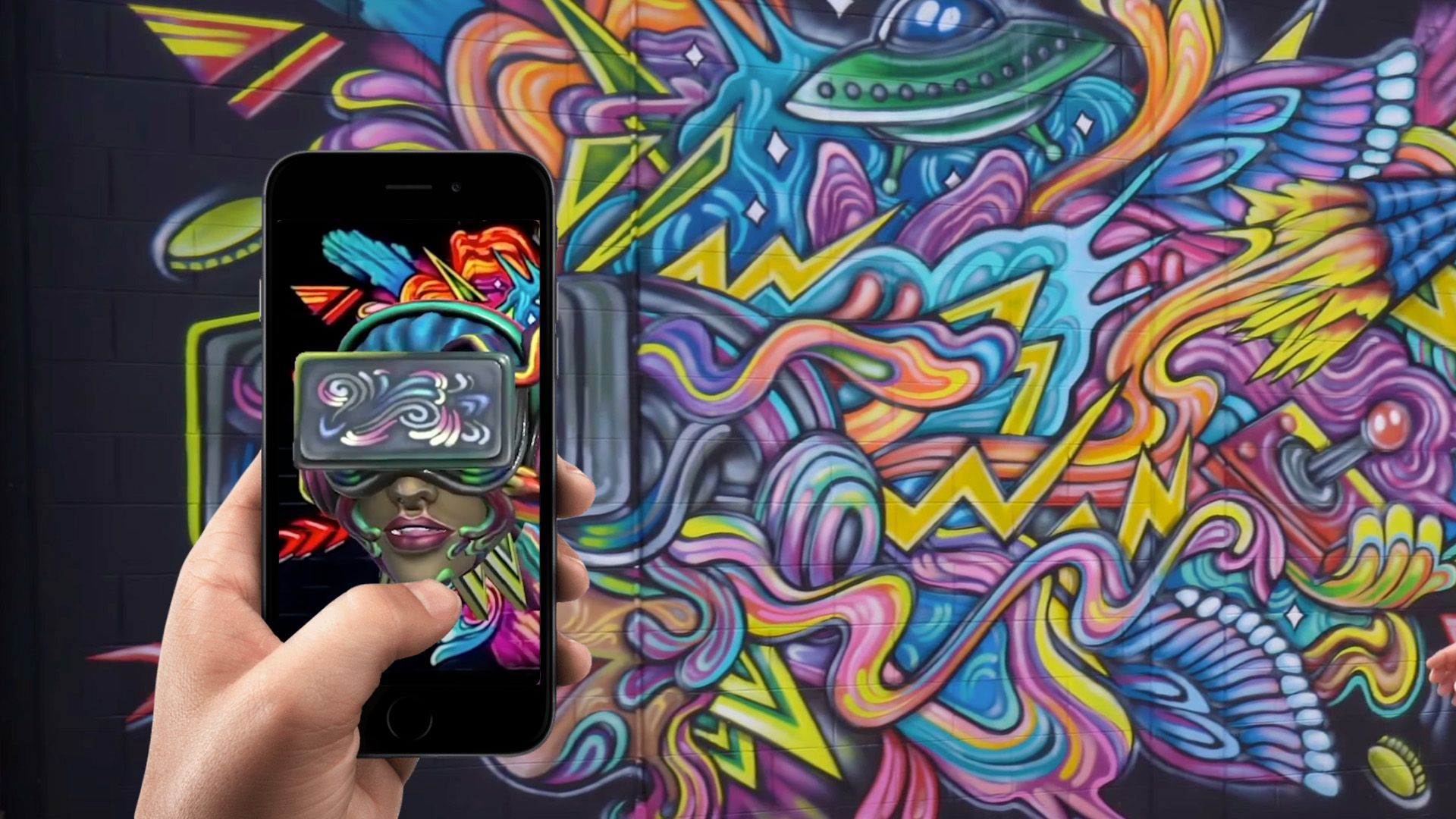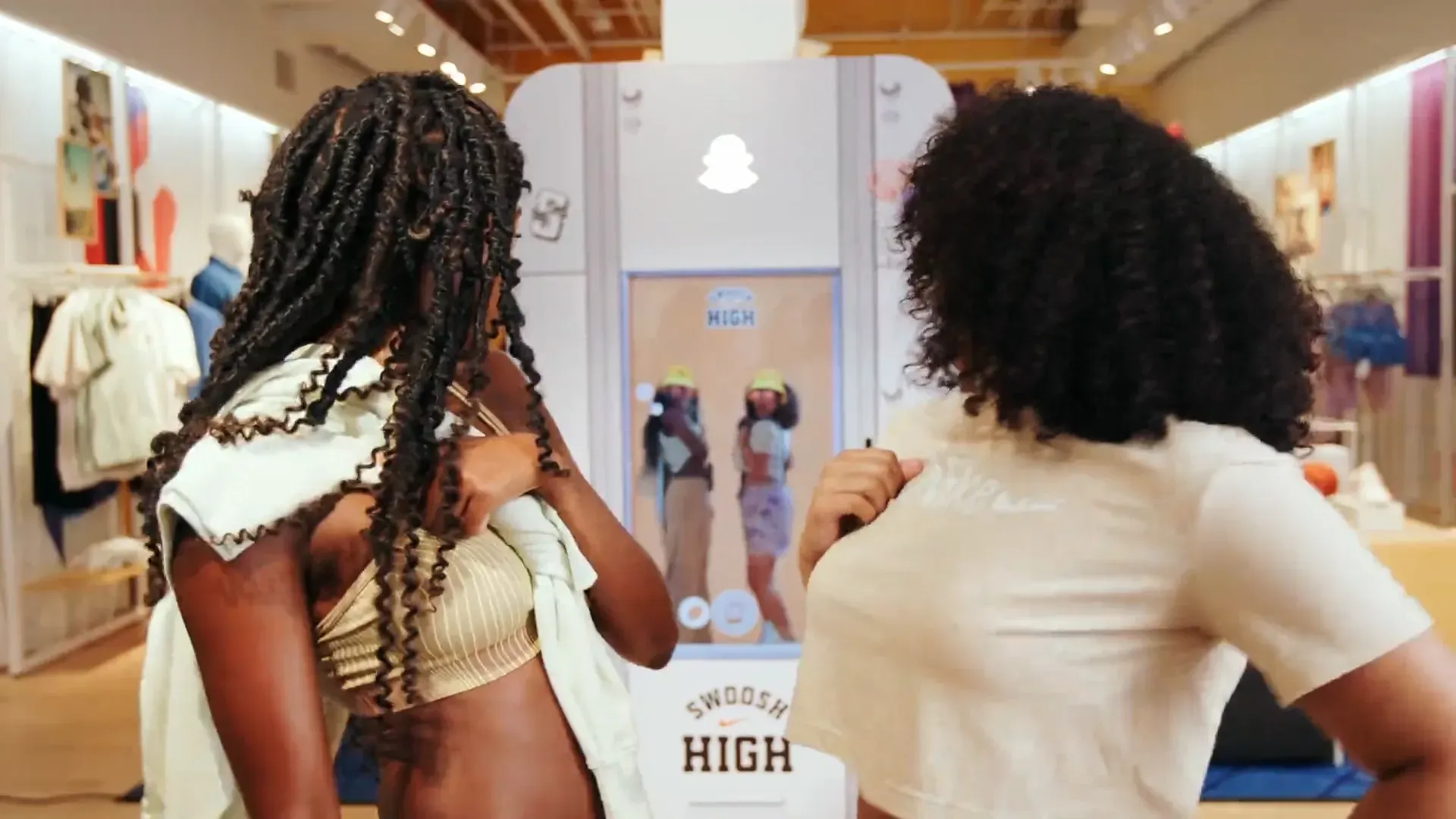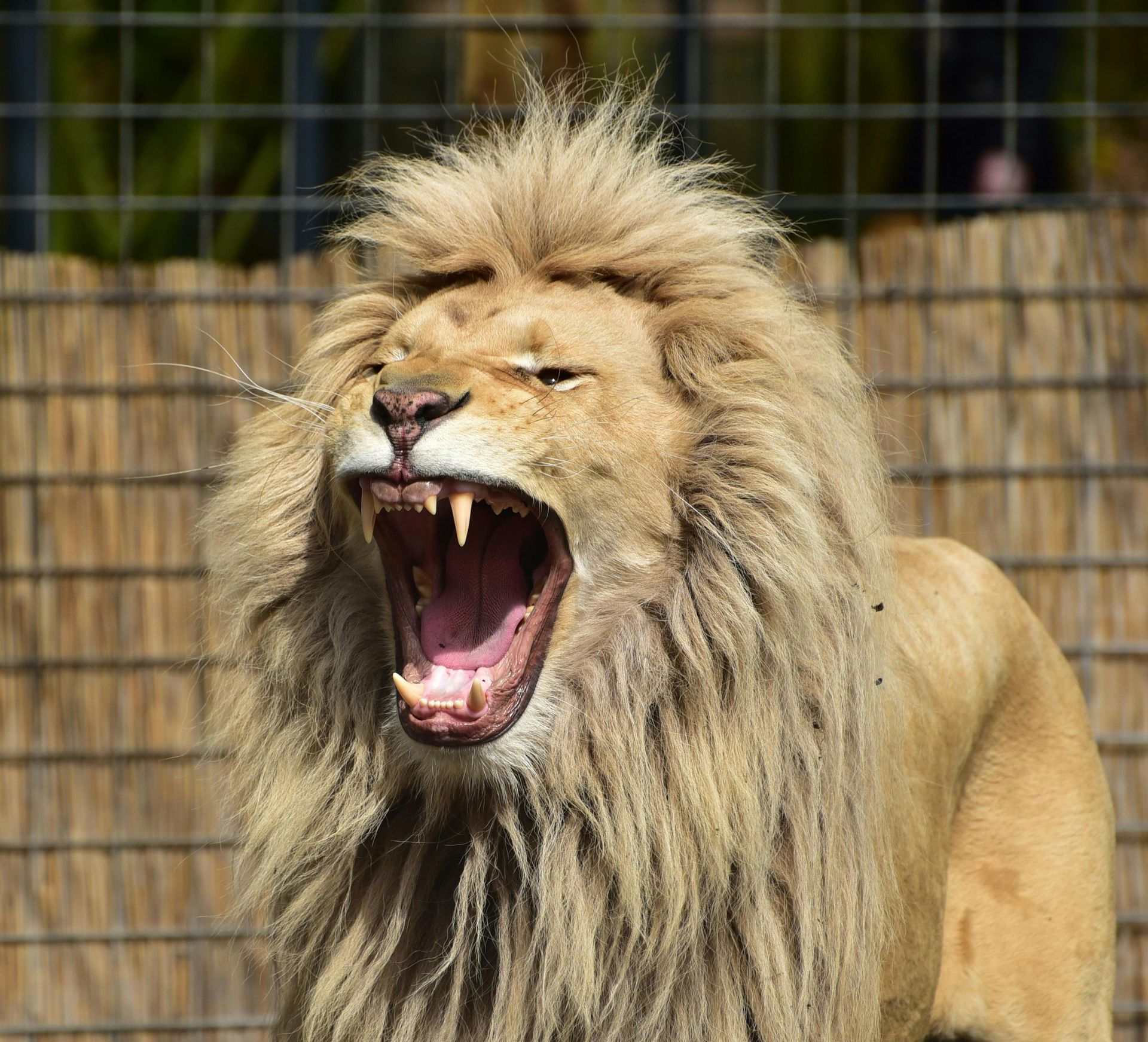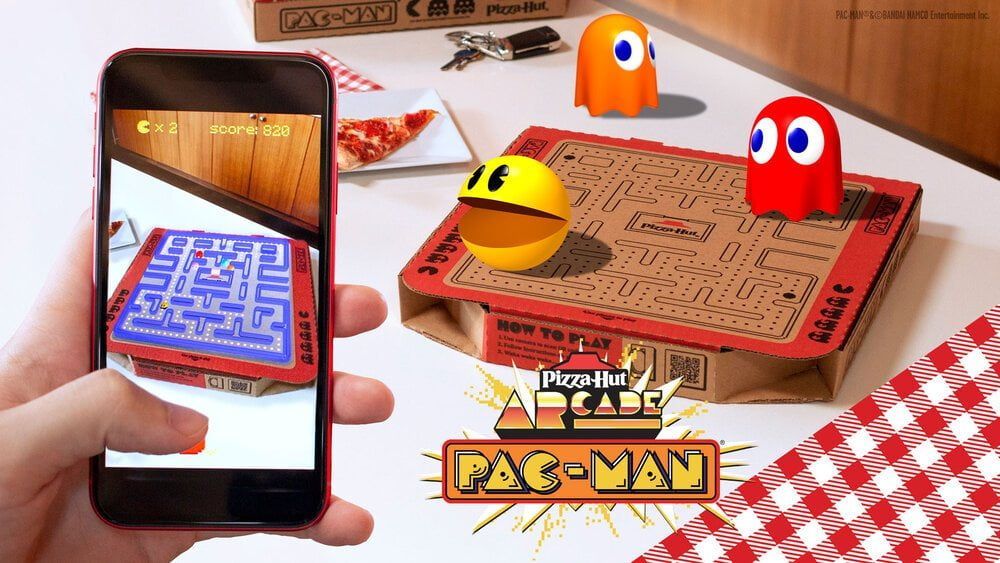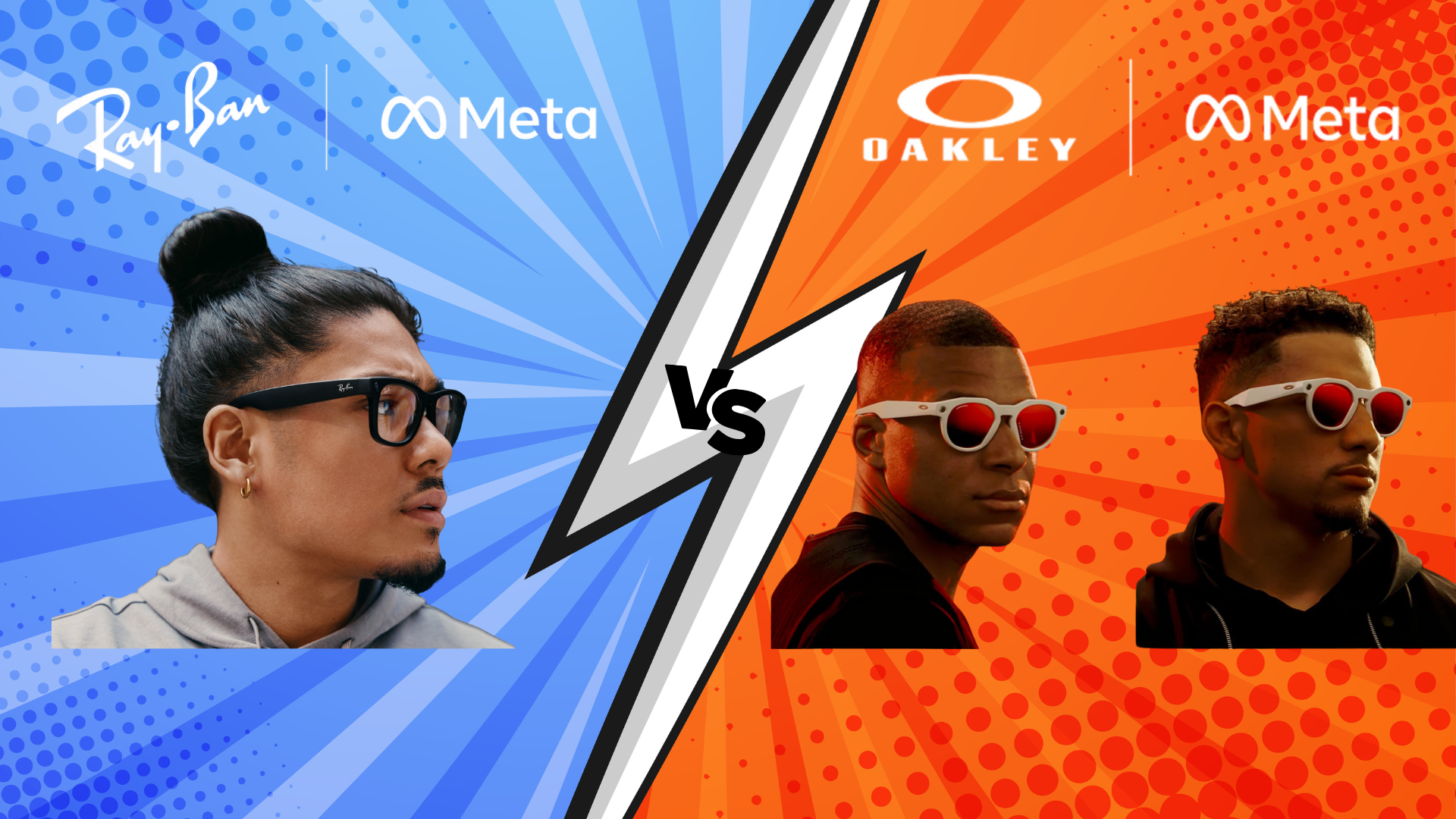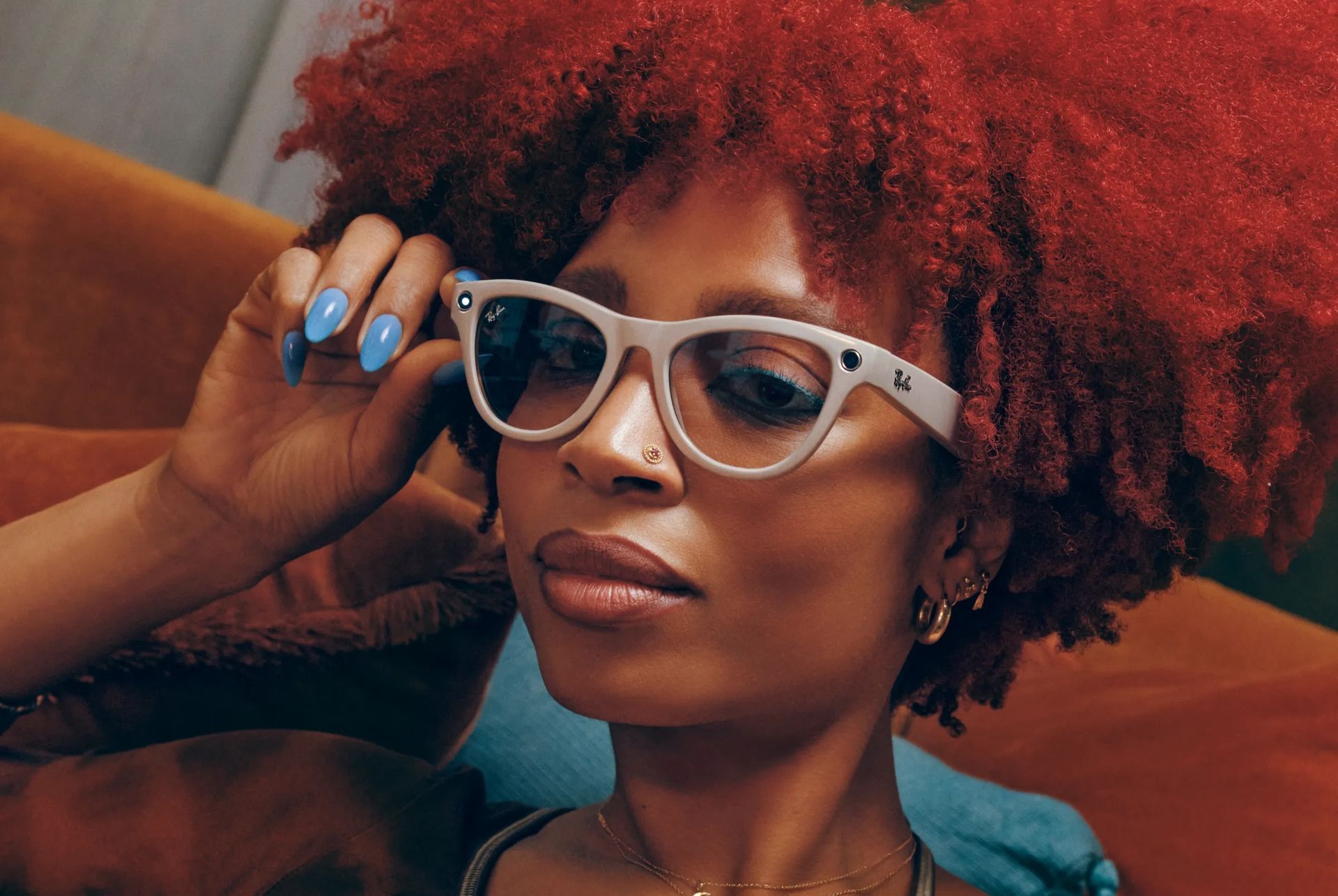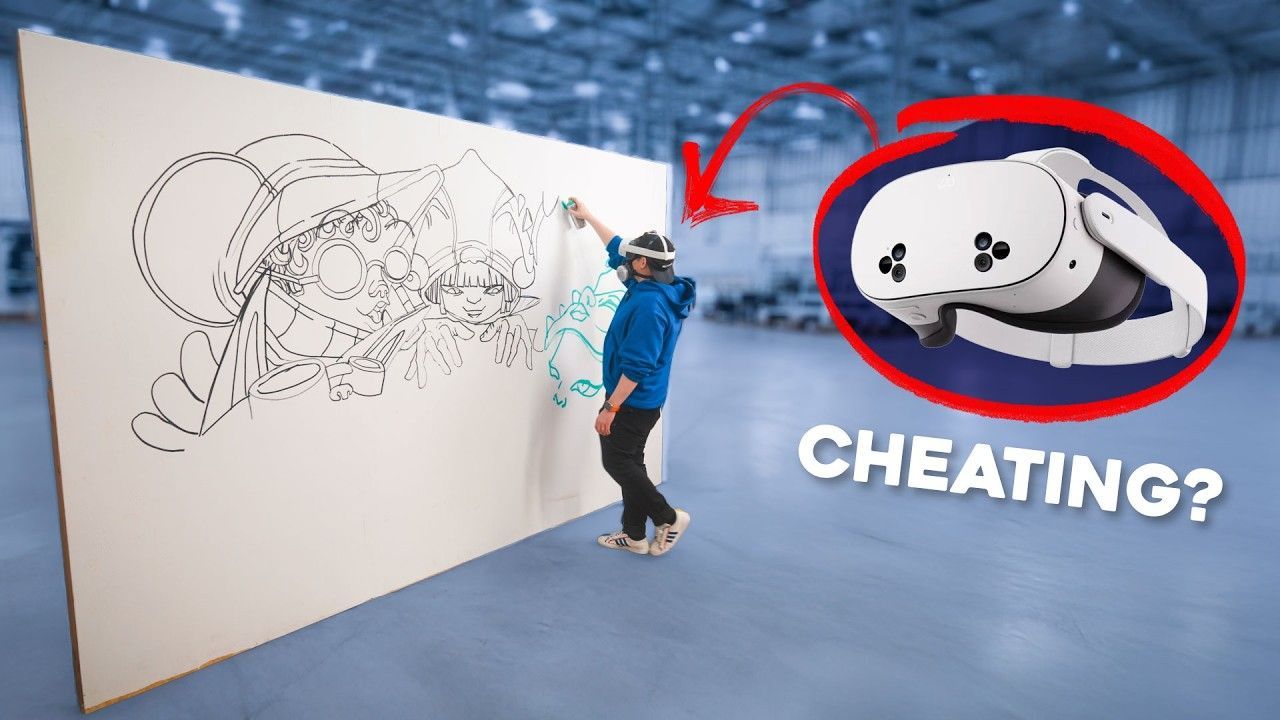2025 Trends in OOH Advertising
The Out-of-Home advertising industry has reached a pivotal point, with augmented reality technologies driving engagement surges of 300%, while the U.S. market exceeds the historic $10 billion mark for the first time. As traditional billboards become interactive experiences and measurement capabilities match digital advertising precision, Fortune 1000 brands are reimagining how they connect with consumers in physical spaces.
Digital transformation has surged past expectations, with programmatic OOH projected to exceed $1 billion by 2025, while AR-enhanced campaigns see interaction rates over 30% in prime locations. The merging of 5G networks, AI-driven personalization, and privacy-focused measurement solutions is shaping an advertising medium that blends the trusted presence of traditional OOH with the accountability and targeting accuracy of digital platforms.
Record-breaking market growth signals industry maturation
The OOH advertising landscape has reached unprecedented scale and sophistication in 2024, setting the stage for explosive growth in 2025. Total U.S. OOH revenue hit $9.1 billion in 2024, a 4.5% increase and the first time the industry has exceeded the $9 billion mark. This momentum continues with Q1 2025 already showing $1.98 billion in revenue, maintaining the industry's impressive streak of 16 straight quarters of growth.
Global markets are expanding rapidly, with the worldwide OOH market projected to reach $50.52 billion in 2025, fueled by a strong 4.84% compound annual growth rate. Digital OOH is growing even faster at 15.2% annually, expected to reach $26.57 billion globally as traditional static displays shift to dynamic, programmable formats.
The spending patterns show a major shift in advertiser priorities. Digital OOH now makes up 34% of total U.S. spending, with annual growth of 7.5%, significantly surpassing traditional formats. This digital shift highlights brands' need for measurable, adaptable, and interactive advertising experiences that static billboards simply cannot offer.
Fortune 1000 brands are leading this transformation, with tech giants like Apple, Amazon, and Google joining traditional OOH leaders such as McDonald's and Coca-Cola as major spenders. Notably,
25%
of the top 100 OOH advertisers are now tech or direct-to-consumer brands, reflecting the medium's shift from broad-reach branding to performance-focused marketing.

AR technology revolutionizes creative capabilities and audience engagement
Augmented reality has become the key technology shaping OOH advertising in 2025, evolving from experimental uses to vital marketing infrastructure. The AR advertising market is expected to reach $8 billion by 2025, with AR-enhanced OOH campaigns showing engagement rates 300% higher than traditional static displays.
Interactive experiences replace passive viewing
The traditional 2-3 second viewing time for static billboards has been transformed by AR technology. Typical interaction durations now reach 75 seconds for AR-enhanced displays, with some premium setups lasting over 2 minutes. This significant boost in engagement offers brands new opportunities for storytelling and brand immersion.
AR billboards now feature real-time 3D creative manipulation, enabling consumers to interact with content using their smartphone cameras. Campaigns like Coca-Cola's #TakeATasteNow demonstrate how users can "grab" digital products from billboards and redeem them at retail locations, creating seamless connections between physical advertising and purchase behavior.
Markerless AR technology has removed friction from the user experience, with GPS and visual recognition systems enabling automatic content activation without the need for QR code scanning. This technological progress has been essential for mainstream adoption, as each additional activation step typically reduces participation by around 20%.
Creative format innovations unlock new possibilities
The integration of AR with traditional OOH formats has opened up entirely new creative possibilities. AR murals turn static street art into portals for interactive digital experiences, with seasonal story changes and weather-responsive content adjustments. Artists can now design installations that change throughout the year, responding to local conditions and cultural events. The advantages of augmented reality murals go beyond visual appeal to deliver measurable brand engagement and viral social moments.
AR mirrors likely the most successful commercial use, with beauty brands reaching 25% call-to-action scan rates through virtual try-on experiences. These setups allow full-body scanning and 3D modeling for clothing and accessories, providing value for consumers while collecting detailed engagement data for brands.
5G network integration has enabled AR experiences with gigabyte-scale content, allowing for complex 3D environments featuring detailed hair rendering and authentic textures. This technical advancement helps brands craft immersive experiences that were previously impossible due to bandwidth constraints.
No-code platforms democratize AR content creation
The rise of no-code AR platforms has significantly lowered creation barriers and costs. Platforms like BrandXR support "design once, deploy infinitely" workflows, enabling brands to produce AR experiences that seamlessly work across various formats, including billboards, murals, merchandise, and packaging.
This technological democratization has
reduced AR development costs by 40-50% while enabling rapid iteration and real-time content updates. Brands can now develop AR campaigns in 2-6 weeks for straightforward projects, compared to the months previously needed for custom solutions. The business case for augmented reality advertising in 2025 shows how this cost decrease makes AR accessible to brands of all sizes.
Measurement revolution brings OOH accountability to digital standards
The integration of AR and advanced technologies has addressed the longstanding measurement challenges of OOH advertising, transforming the medium from "hard-to-measure" into one of the most accountable advertising channels available. AR-enhanced campaigns deliver a 1.67x return on ad spend compared to traditional formats, with comprehensive attribution tracking matching the accuracy of digital advertising.
Real-time analytics enable continuous optimization
Modern OOH campaigns now produce comprehensive real-time data streams, including the number of opens, captures, shares, dwell time, and detailed demographic analysis. Computer vision systems provide accurate audience counting and demographic insights, surpassing the standards of online advertising. AR billboards track engagement and conversion metrics, providing detailed insights into how these measurement capabilities are transforming campaign optimization.
Programmatic DOOH platforms enable automated optimization based on current audience demographics, environmental conditions, and performance metrics. Dynamic content adjustment responds to weather patterns, traffic conditions, and even breaking news events, with some campaigns achieving 20-40% conversion rate improvements through real-time personalization.
Location intelligence capabilities have advanced to 1-meter accuracy geofencing, enabling precise foot traffic attribution and competitor analysis. Control versus exposed group studies now achieve confidence intervals of over 90%, providing clear evidence of campaign effectiveness.
Cross-channel attribution connects physical and digital touchpoints
The integration of OOH with digital marketing channels has enabled unprecedented attribution capabilities. Device ID matching across channels allows for unified customer journey tracking, while cross-platform frequency management prevents oversaturation and optimizes message sequencing. How to measure the effectiveness of OOH ads offers a comprehensive framework for implementing these advanced measurement strategies.
Studies show that OOH can boost foot traffic by 80-120% compared to mobile-only campaigns, with cross-channel attribution highlighting its role as a driver of digital engagement. AR-enhanced OOH specifically leads to 94% higher conversion rates than static display ads.
Advanced measurement platforms now incorporate CRM data, social media engagement, website traffic, and e-commerce conversions, offering a comprehensive view of the customer journey. This comprehensive approach enables marketing mix modeling that precisely measures OOH's contribution to business outcomes.
Privacy-compliant measurement maintains consumer trust
The industry has effectively adopted privacy-first measurement solutions that adhere to GDPR, CCPA, and emerging state privacy laws. Anonymous data processing methods enable audience measurement without collecting personally identifiable information, while facial recognition systems automatically blur faces to safeguard individual privacy.
Differential privacy methods and edge computing reduce data transmission while preserving measurement accuracy. These technical solutions ensure compliance with regulations and provide the detailed analytics needed for campaign optimization.
Successful AR campaigns prove commercial viability
Major brands have shown the commercial power of AR-enhanced OOH through campaigns that deliver measurable business results and consumer engagement. These success stories offer clear proof of AR's shift from experimental tech to a proven marketing channel.
Coca-Cola's interactive billboard breakthrough
Coca-Cola's #TakeATasteNow campaign in the UK showcased AR's potential for direct sales conversion. The campaign allowed users to manipulate 3D creative in real-time using smartphones, "grab" digital Coca-Cola Zero bottles from billboards, and redeem them at Tesco stores. This smooth integration between physical advertising and retail buying created a measurable link between exposure and sales.
Maybelline's record-breaking AR mirror
Maybelline's 43,000-square-foot AR mirror in Kyiv garnered 3 million organic views and mentions, demonstrating AR's viral potential. The installation allowed virtual mascara try-on experiences for their Falsies Surreal product, creating both opportunities for product trials and significant social media buzz. Producing viral moments with AR murals shows how brands can replicate this success through strategic social media integration.
Nike's AI-powered Olympic campaign
Nike's "Winning Isn't for Everyone" campaign utilized AI-powered, real-time billboard updates that tracked Olympic times and adjusted messaging in response to live results. This dynamic strategy across Los Angeles, New York, Miami, Chicago, and Atlanta showed how AR and AI technologies can deliver responsive, culturally relevant campaigns at scale.
McDonald's omnichannel leadership
McDonald's secured the top spot in Q1 2024 OOH spending while showcasing AR's effectiveness across various markets. Their Hong Kong "Raise Your Arches" campaign boosted Instagram followers by 30%, generated over 350,000 social engagements, and reached 10.8 million impressions, demonstrating AR's capacity to achieve measurable social media results. Combining AR billboards with social media campaigns highlights how leading brands create synergy between physical advertising and digital amplification.
BrandXR platform success metrics
The BrandXR platform has proven AR's commercial viability through campaigns for Chevrolet, Inter Miami CF, NBA, and Verizon. Documented results include up to 90% higher conversion rates, 70-80% message retention rates, and average dwell time increases of 7.5 minutes. These metrics set clear performance benchmarks for AR-enhanced OOH campaigns. Success stories of augmented reality murals that made history highlight additional case studies demonstrating measurable business impact across industries.
Regulatory landscape reshapes industry practices
The OOH advertising industry faces an evolving regulatory landscape that demands strategic adjustments, especially for AR and data-enabled campaigns. Eight new U.S. state privacy laws will take effect in 2025, presenting complex compliance challenges, while European regulations continue to tighten data protection standards.
Privacy regulations drive technical innovation
The implementation of GDPR, CCPA, and emerging state privacy laws has sped up the development of privacy-first measurement solutions. Anonymous data collection through sensors now allows audience measurement without tracking personal information, while contextual advertising based on location and time lessens the dependence on personal data. How digital OOH and data privacy influence advertising offers detailed guidance for adapting to these regulatory changes.
Universal opt-out mechanisms required by January 1, 2026, in several states will demand new consent management systems for AR experiences. The industry has responded by creating first-party data strategies that decrease reliance on third-party cookies while ensuring measurement accuracy.
International compliance variations
Regulatory differences across regions pose complex compliance challenges for global campaigns. European markets require stricter consent mechanisms under GDPR, while Asia-Pacific markets like China mandate data localization under the Personal Information Protection Law. The United States follows a patchwork approach from state to state, with no unified federal privacy law in sight.
The Digital Services Act and Digital Markets Act in Europe are transforming advertising technology landscapes, requiring new methods for data integration and targeting. These regulations especially affect AR campaigns that combine multiple data sources for personalization.
Sustainability requirements influence campaign planning
Environmental considerations are increasingly shaping OOH advertising choices, even though OOH accounts for only 3.3% of total UK advertising power consumption. The industry has created a unified carbon methodology that offers transparency for sustainable campaign planning, while major companies like JCDecaux achieve 98% green electricity usage.
Solar-powered digital displays are becoming common, with companies like Soofa Signs leading fully solar-powered OOH installations. This eco-friendly technology reduces environmental impact while still being effective for advertising.
Strategic recommendations for 2025 planning
The convergence of AR technology, advanced measurement tools, and evolving regulatory demands presents both opportunities and challenges for marketing leaders. Thriving in 2025 depends on strategic adjustments in technology use, measurement practices, and regulatory adherence.
Immediate technology priorities
Invest in AR-enabled campaigns to leverage a 300% engagement advantage over traditional formats. Begin with WebAR experiences that maximize accessibility and reduce app download barriers. Target high-traffic areas, such as airports, malls, and transit stations, where engagement rates often exceed 30%. Our comprehensive guide to augmented reality advertising offers detailed strategies for successfully launching AR campaigns.
Implement comprehensive measurement systems that deliver real-time analytics and cross-channel attribution. Ensure measurement platforms seamlessly integrate with existing CRM and marketing automation systems to enable full customer journey tracking.
Develop programmatic DOOH capabilities to participate in the over $1 billion programmatic marketplace expected in 2025. Programmatic buying enables audience-based targeting and real-time optimization, significantly enhancing campaign effectiveness.
Long-term strategic positioning
Develop AR content creation capabilities using no-code platforms that allow quick iteration and multi-format deployment. Form partnerships with AR technology providers to stay updated with the latest innovations while keeping costs low.
Get ready for ongoing AR cloud integration that will enable location-based content and shared AR experiences. This technological development will open new opportunities for continuous consumer engagement beyond traditional campaign durations.
Establish sustainability metrics and create carbon-conscious campaign planning processes. Build partnerships with technology providers focused on sustainability to meet increasing corporate environmental standards while maintaining effective advertising.
Regulatory compliance framework
Implement privacy-first data strategies that adhere to current and future regulations. Build consent management systems that preserve user trust while supporting measurement and personalization.
Develop international compliance monitoring systems for global campaigns. Develop processes to tailor campaigns to regional regulatory requirements while maintaining brand consistency and ensuring measurement comparability.
The transformation of the OOH advertising industry in 2025 signifies more than just technological progress—it marks the medium's evolution into a key part of modern omnichannel marketing strategies. AR technology has demonstrated its commercial potential through measurable engagement gains and business impact, while advanced measurement tools offer the accountability that sophisticated marketers require.
For marketing executives, the question is no longer whether to adopt AR-enhanced OOH advertising, but how quickly to build capabilities that leverage its competitive advantages. The brands that succeed in integrating physical presence, digital interaction, and data-driven optimization will shape the next era of consumer engagement.
TALK TO A PRO
We're here to bring your brand to life!
Stay Connected with BrandXR
Create Augmented Reality for Free!
Create, Publish, and Measure 3D Augmented Reality Experiences Without Having to Code.



